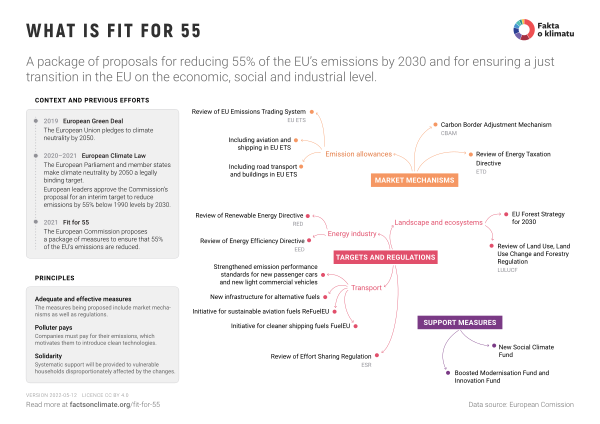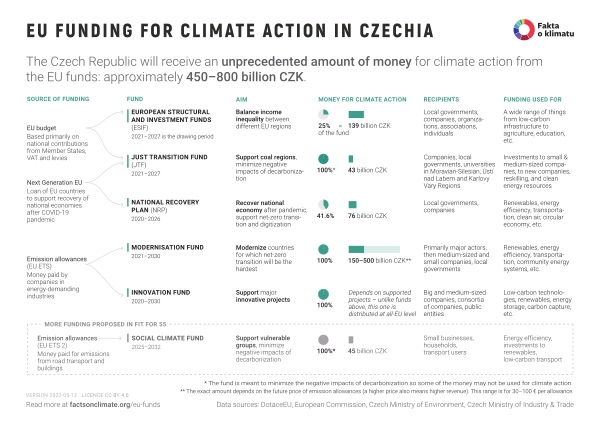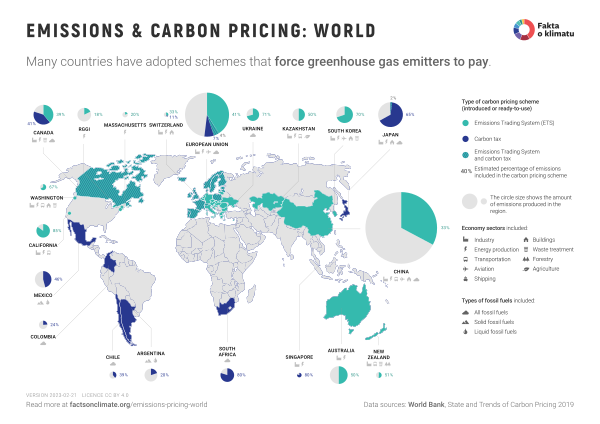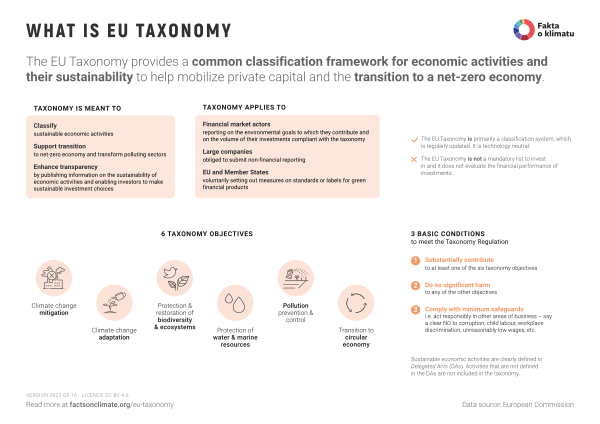Facts on Climate
Change
Publicly available infographics and explainers
We are a team of independent analysts and experts, committed to cultivating the debate on climate change to be factual, constructive and based on science and verified data.
Featured
New to the topic? Want to learn about climate change, its relationship to the level of emissions, temperature change and future predictions? Start with the infographics below.
Work in progress
This website is the initial English version of a successful Czech project Fakta o klimatu. At the moment, only a fraction of the content is available in English. If you like what you see, you can support further work via the Benevity Cause via your employer CSR program or directly using the Czech donation page.
Key project areas
Climate change is a complex of interrelated phenomena. That is why the data that we collect, process and present is related to a number of areas of human activity – from economy to politics and power industry. Our materials are grouped in the following categories:
Climate indicators (3 infographics)
Since the beginning of the Industrial Revolution, i.e. in the last 200 years, the mean global atmospheric temperature has risen by approx. 1.1°C. In the Czech Republic, the temperature is rising faster: 2°C over the last 60 years. The CO2 concentrations in the atmosphere have never been so high throughout the Homo sapiens era.
Greenhouse gas emissions (6 infographics)
Energy industry (8 infographics, 4 studies)
The electric power industry is the world’s biggest source of greenhouse gas emissions (around 40% of CO2 emissions and approx. 25% of all greenhouse gas emissions expressed in CO2eq in 2017). The role that this sector plays in global warming is significantly larger than the impact of farming, fossil fuel combustion in transport and industry or cement production. More than 70% of emissions in this sector come from coal, over 20% from natural gas, and around 5% from oil derivatives.
Future development scenarios (4 infographics)
What will happen to our climate in the future largely depends on our future greenhouse gas emissions and global deforestation. Possible future scenarios are laid out in the RCP emission pathways. Climate change also brings along great risks – if tipping points are exceeded, some ecosystems and climate systems may collapse.
Policies, documents, treaties (9 infographics, 4 studies)
The effort to deal with climate change and its impacts leads to international negotiations, treaties and strategic documents, which are the floor foundation of plans and goals on a national level. They also result in a number of mitigation measures: legally binding acts and new financial tools, such as carbon taxes or emissions trading systems, which are aimed to cut greenhouse gas emissions and prevent further global warming. Regions and municipalities also create their own adaptation plans, hoping these will help them tackle the impacts of climate change: they build green roofs in cities, create ponds and wetlands to retain more water or introduce more resilient crops.
Economy (4 infographics)
Climate change is one of the unintended effects of our economic production – greenhouse gases are emitted during fossil fuels combustion needed for the production and transport of goods and commodities. That is why mitigation measures must have an impact on our economy: with well designed measures that are in line with economic principles, emissions can be reduced quickly and effectively.
Nature and ecosystems (1 infographic)
While climate change has a major impact on all of biosphere as well as on individual ecosystems, landscape and biodiversity protection also plays a key role in climate change mitigation and adaptation. Forests help retain water and are crucial for biodiversity; trees make hot cities more livable. Agriculture, forest management and other sectors heavily depend on healthy ecosystems. Nature also cleans water and air, which are essential for our lives.
About our work
We do research and analytical work. We sift through the data, searching for bits that help a deeper understanding of climate change, its impacts and possible solutions. We accentuate the regional matters of Czechia and Europe but do not omit global views.
We communicate to key audiences. We create data visualizations, articles, podcasts or lectures for the general public and clients from both the private and public sectors.
We strive for
- Clear and publicly accessible information on climate change and possible pathways to a net-zero society
- Political decisions grounded in data and rigorous analyses
- An educated and informed society, a constructive public debate and high-quality news coverage
Awards
Who is using our materials?
Our infographics and texts are used by Czech and foreign institutions, news portals, consulting companies, schools and other actors.

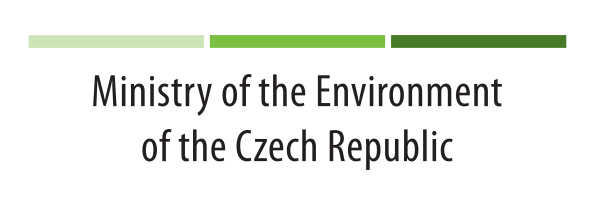





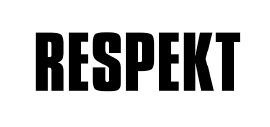
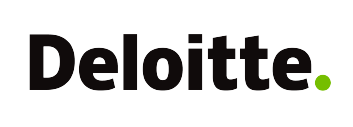
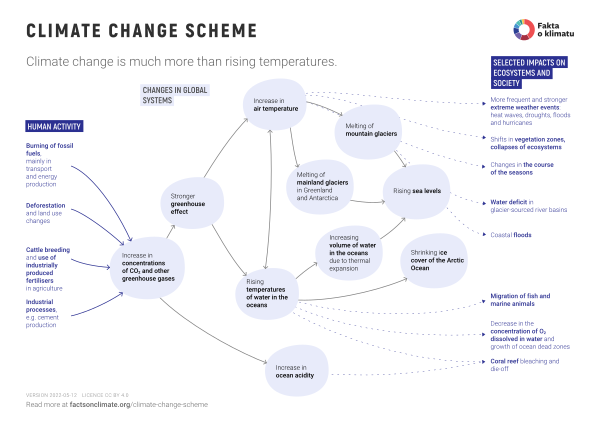
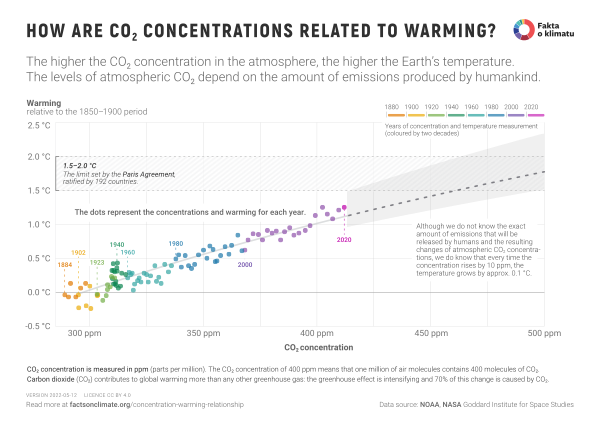
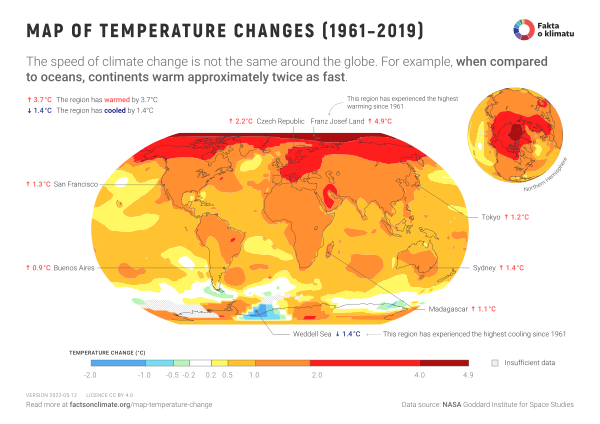


![Why is global warming above 1.5 °C a problem? [1/3] Why is global warming above 1.5 °C a problem? [1/3]](/assets/generated/tipping-points-1_600.png)
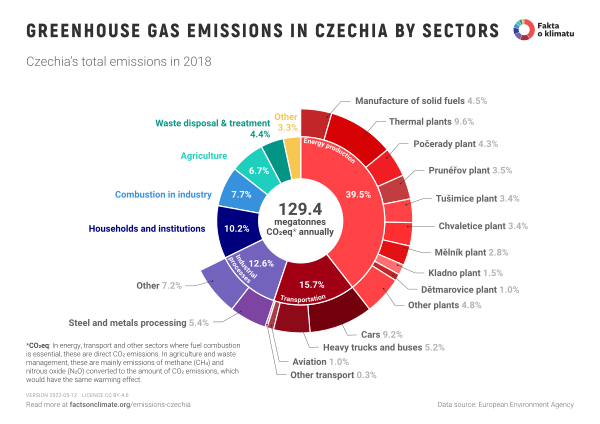
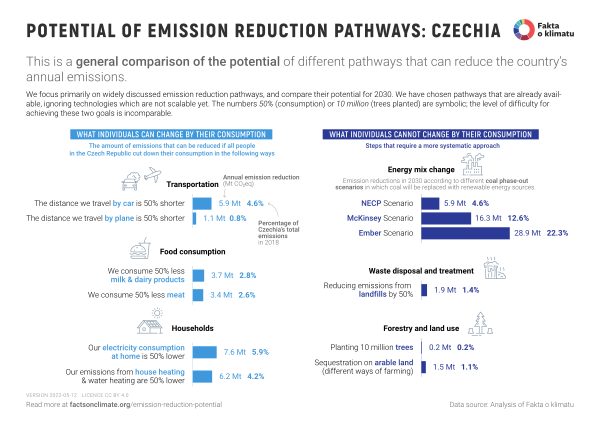
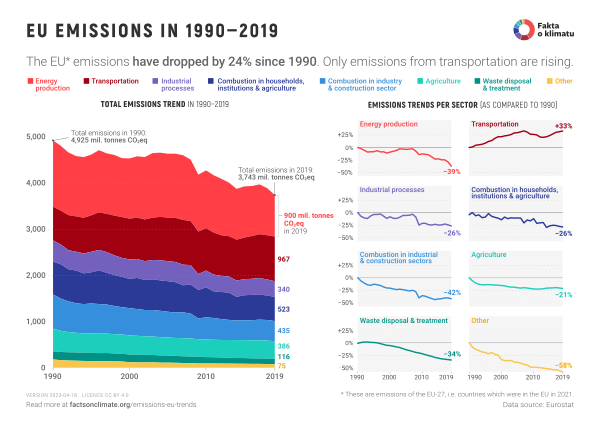
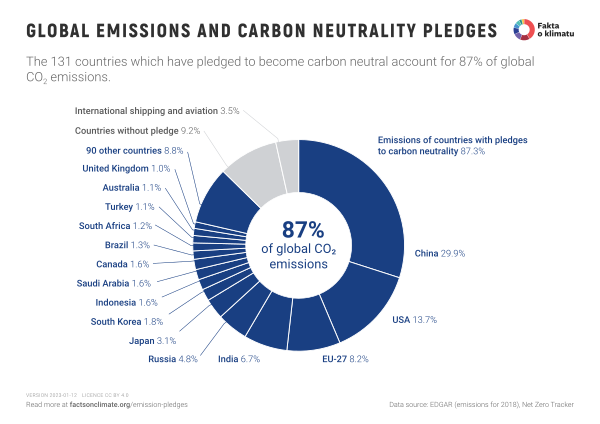
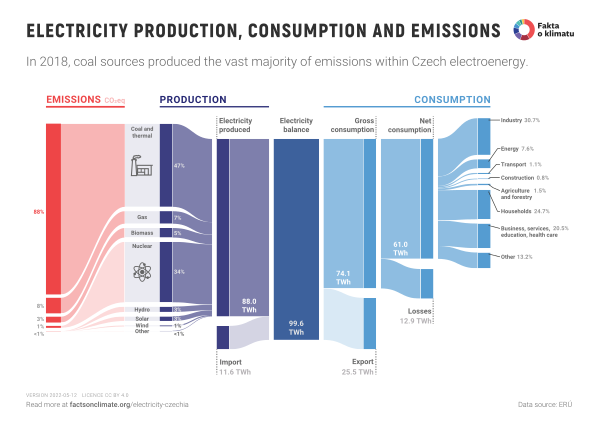

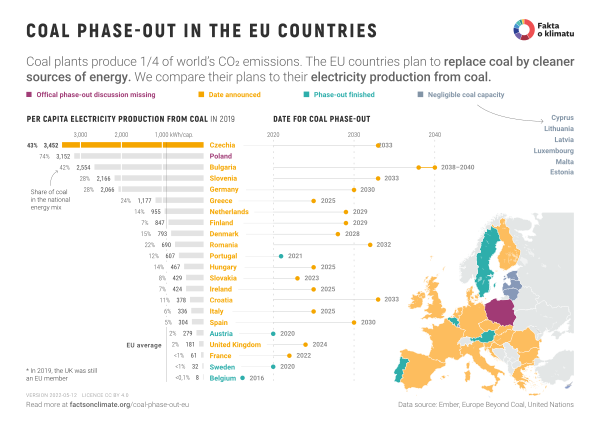
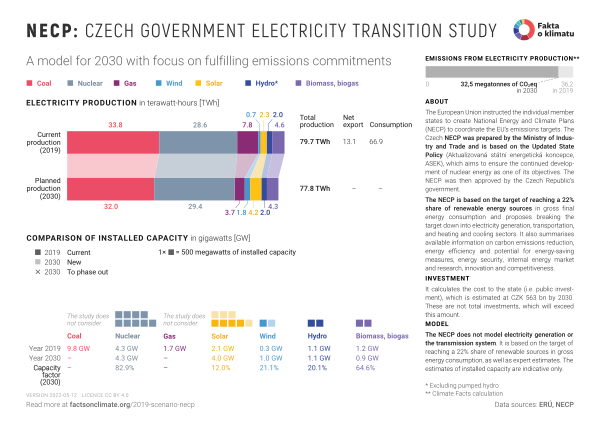
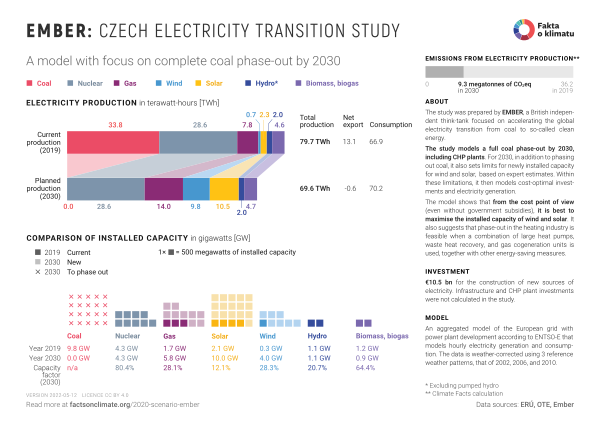
![Why is global warming above 1.5 °C a problem? [2/3] Why is global warming above 1.5 °C a problem? [2/3]](/assets/generated/tipping-points-2_600.png)
![Why is global warming above 1.5 °C a problem? [3/3] Why is global warming above 1.5 °C a problem? [3/3]](/assets/generated/tipping-points-3_600.png)
